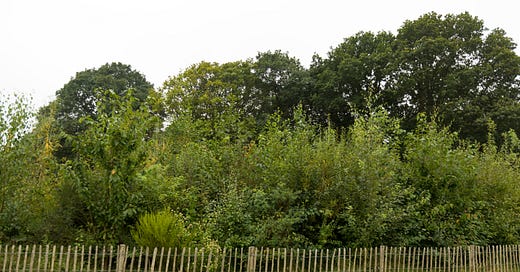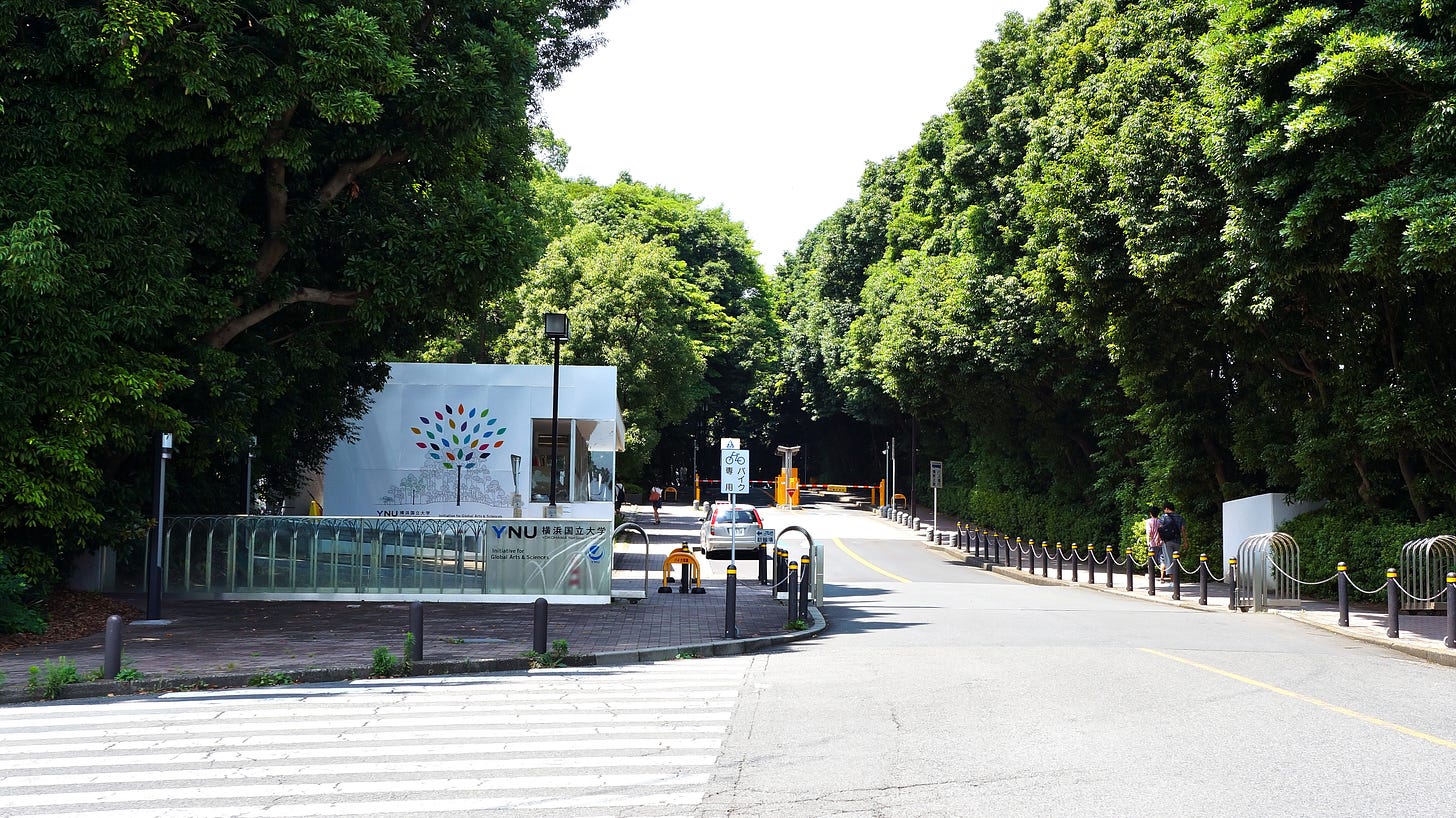The Miyawaki planting method
What do we know? What don’t we know? And even, what do we think we know but might not really?
If you’ve heard of the Miyawaki method you’ve probably also heard that some people love it, some people have criticisms and some people just have lots of questions. Many of us are curious and are developing our knowledge day by day.
The Miyawaki method was developed in the 1970s by Japanese botanist Dr Akira Miyawaki as a method for quickly establishing native woodland/forest where it was needed to protect against natural disasters, like typhoons and tsunamis. It’s a nature-based solution to some of the worst effects of these types of phenomena. (NB – I’m aware that I have reduced a significant body of work into a couple of sentences here!).
I first heard about the Miyawaki method via a TED talk by Shubhendu Sharma, an eco-entrepreneur in India. I thought it sounded really interesting but didn’t do any more research at that time. A few years later I started work on a project (Shared Outcomes Fund ‘Trees Outside Woodland’) which is exploring the method as a possible option for urban tree establishment in England, so have discovered much more about it.
This is what I think I’ve learnt, so far. Dr Miyawaki’s complete method involves:
Identifying the potential natural vegetation missing from an area (this is an integral part of the method)
Growing the trees from seed in pots (usually because the required species cannot easily be obtained by other means, perhaps being now rare in the modern landscape)
Analysing the soil and preparing the ground for planting. This has often involved aerating the soil through digging and adding organic matter to ‘improve’ the soil – I think most likely because the locations where the forests are urgently needed tended to be in urban and industrial settings, or areas generally so degraded that this is required.
Planting trees which will become sub, mid and canopy layers all at once and densely to encourage interaction between the plants (species choice is important as mentioned above)
Mulching the site after planting to suppress weed growth and help retain soil moisture
Maintenance care for the early life of the forest to ensure it establishes well. It should be self-sustaining (at least in terms of meaning no humans need to weed it or water it) within a few short years, then allowing it to grow and develop by itself, without intervention, after that point.
Some of the oldest forests planted in this way are in Japan and have been growing since the early 1970s. This technique has also been adopted in other countries including India, Brazil and Jordan.
It’s a methodology and not a typology. By this, I mean that it’s a series of linked steps to reach a specific goal, rather than being a particular ‘end product’. It’s a convenient shorthand to call it a ‘Miyawaki woodland’ but really to me, it’s just a planting/ treed area/ mini woodland/ woodland/ copse/ tree garden/ hedge/ etc (nomenclature can be tricky!), just planted using the Miyawaki method.
The methodology is a whole process and an intention to recreate a native woodland. Just doing a part of the process isn’t quite doing the method. For example, only planting at a density of 3-5 trees per square metre is doing just that - planting densely.
Identifying the appropriate species mix and soil preparation needs to be site specific. And not all sites are suitable for growing trees in this way.
Woodlands can also be any size. Many of the Japanese examples are quite large. I think Dr Miyawaki’s idea was that his forests were ‘native’ or ‘natural’ in the sense that he was restoring something which had once been there and would be the best kind of natural defence against natural disasters – as he had observed to be the case.
Projects around the world are using the method to create small scale woodland rapidly (in the UK, this has been since about 2020). This usually means more quickly than waiting for a multi-layered woodland to develop naturally.
From evidence in the UK, we don’t yet know what the trees planted now in small plots will look like in 50-100 years’ time (although there is some evidence from Japan). Some suggest forests will naturally thin and you may as well have started with a lower density of trees. Others suggest this might not happen, or if it did that this would be ok, given the ecosystem service benefits generated by the woodlands when the trees are dense.
There isn’t yet an established ‘survival’ rate for these kinds of plantings. Dare I say, this could easily be the case for a lot of tree planting too!
Some people have questions about whether digging soil could result in a net loss of carbon, at least initially before the trees have a chance to trap carbon in their structures, and that digging might damage the soil microbiome. One theory is that a one-time soil disturbance might be worth it for what is gained. Truly I don’t think we really know enough to make that judgement, which is why more research on this is needed to find out more, but it does highlight the need for good site analysis to see if the method is suitable (it doesn’t make sense to me to “do a Miyawaki” on a site which would support good growth anyway – I think the point is it is rapid restoration of a degraded landscape).
The method is described positively in lots of literature and the global interest and uptake suggest it is worth investigating. We know trees are brilliant at increasing biodiversity and access to nature, how ever they are planted, and this method is presumably no different.
The speed of Miyawaki woodland creation does seem impressive. I think some people question whether the trees will be well developed, having grown in an unusual or unnatural way somehow (not being exposed to movement through interaction with the wind, for example). Again, I don’t think we can answer questions about that yet, at least with evidence from UK settings.
Asking questions is good! Given the climate and biodiversity emergencies and the need to get trees growing, I can see many reasons to try out a variety of methods, new and old, for establishing trees in as many settings as possible so they can help us cope with what we have done to the planet. For me, speed has to be of the essence and I think it’s worth including the Miyawaki method in the planting repertoire with, as with all planting, the right trees, in the right place, with the right design, and for the right reason.
Jackie Shallcross is the Tree Council’s Shared Outcomes Project Lead
To find out more about Miyawaki trials in Kent, you can sign up to a live webinar taking place on Wednesday 4 September 2024 2-3pm.
MORE: Sycamore summer symptoms









Is there a recording of the webinar please as I missed it?